Crescent Moon Japanese Maple (Acer Palmatum ‘Mikazuki’) – 3 Gallon Pot (5-6′)
$199.97 Original price was: $199.97.$99.99Current price is: $99.99.
SKU: D2LSC 3365939007 Category: JAPANESE MAPLE TREES
- Buy quality, buy with us.
- Your Security is Our Promise
- Sustainable materials, for a better tomorrow.
- SSL encryption, absolutely safe shopping

Crescent Moon Japanese Maple
Acer palmatum ‘Mikazuki’
Other Names: Mikazuki Japanese Maple
Plant Details
USDA Plant Hardiness Zones: 5a-9a (9b with mostly shade?) Find Your Zone
Plant Type: Deciduous Small Tree
Height at Maturity: 9-12′
Width at Maturity: 7-9′
Growth Habit / Form: Upright Rounded Vase
Growth Rate: Moderate, 9-12″ per year
Foliage Color in Spring: Pink with Dark Green veins and White accents
Foliage Color in Summer: Creamy Green with Deep Green veining
Foliage Color in Fall: Gold and/or Orange shades with Green veining
Light Needs: Full Sun (Zone 5-7), Morning Sun with Dappled or Afternoon Shade, All Day Filtered or Dappled Sun, Mostly Shade
Water Needs: Average to Low, moderately drought tolerant when established
Soil Type: Clay (amend heavy clay to ensure good drainage), Loam, Sandy
Drainage: Moist But Well Drained – does not like constantly soggy soil!
Soil pH: 5.0 – 7.0 is ideal
Maintenance: Low
Resistances: Deer – more info, Heat Tolerant, Insect, Disease, Sun Tolerant
Description
A beautiful and distinctive small tree that deserves a special spot in the garden, the Crescent Moon Japanese Maple, Acer palmatum ‘Mikazuki’ is a small upright tree that is perfect fit in smaller, more intimate garden spaces, home foundation plantings and containers. It features deeply divided, reticulated leaves with narrow lobes that change colors three times during the year. The leaves emerge an amazing lovely pink with deep green veining and white highlights in spring. By summer they will transition to a creamy green with deep green veining. Fall brings bright golden yellows to orange shades with the deep green veins. In USDA Zones 5 to 7 Crescent Moon will grow in full sun or shade. In Zones 8 and 9 we suggest some filtered sun or shade in the afternoon hours. This tree is an excellent addition to any garden and every collection.
Landscape & Garden Uses
To showcase its unique beauty, the Crescent Moon Japanese Maple is best used in the landscape as a focal point specimen to draw attention to a specific area of the home or landscape. That said, it can be planted in a a grouping or two can be used to frame an entryway. Excellent for containers as well.
Suggested Spacing: 10 feet or more apart for space between plants
Note: One Japanese Maple can make a landscape…that is, if you don’t overcrowd it with other trees and plants. Therefore, when choosing companions to plant under or around your Japanese Maple, make sure to select low-growing shrubs or groundcovers that won’t interfere at all with your tree.
Growing Preferences
Though delicate looking, Japanese Maples are actually very tough and long-lived trees. They are very easy to grow. Container culture can extend their useful range. They are extremely easy to grow in containers, a practice taken to its most extreme form in the art of bonsai.
In their natural habitat, Japanese Maples are understory trees, growing in dappled forest sunlight at the edges of woodlands. Ideally they prefer to be grown in similar conditions. Crescent Moon will tolerate full sun in USDA Zones 5-7 but will appreciate some filtered sun or shade in Zones 7-9. If you’re a looking for one that takes lots of sun anywhere it will grow, there are many sun-tolerant Japanese Maple varieties.
Most any average garden soil will grow Japanese Maples. They prefer a moist but well-drained soil rich in organic matter. As with so many other ornamental plants and trees, constantly soggy or wet soil can be problematic. So make sure to plant your Japanese Maple in a well-drained site.
Helpful Articles
Click on a link below to find helpful advice from our experts on how to plant and care for Japanese Maple trees.
How To Plant A Japanese Maple Tree In The Ground
How to Plant A Japanese Maple Tree In A Pot
How To Fertilize And Water A Japanese Maple Tree
How To Prune A Japanese Maple
Plant Long & Prosper!
Meet The Wilson Brothers & Staff
Questions? Contact Us!
Be the first to review “Crescent Moon Japanese Maple (Acer Palmatum ‘Mikazuki’) – 3 Gallon Pot (5-6′)” Cancel reply
Related products
Sale!
JAPANESE MAPLE TREES
Sale!
JAPANESE MAPLE TREES
Sale!
JAPANESE MAPLE TREES
Sale!
JAPANESE MAPLE TREES
Lions Head Japanese Maple – Acer Palmatum ‘Shishigashira’ – 5 Gallon Pot
Sale!
JAPANESE MAPLE TREES
Sale!
JAPANESE MAPLE TREES
Sale!
JAPANESE MAPLE TREES
Sale!
JAPANESE MAPLE TREES




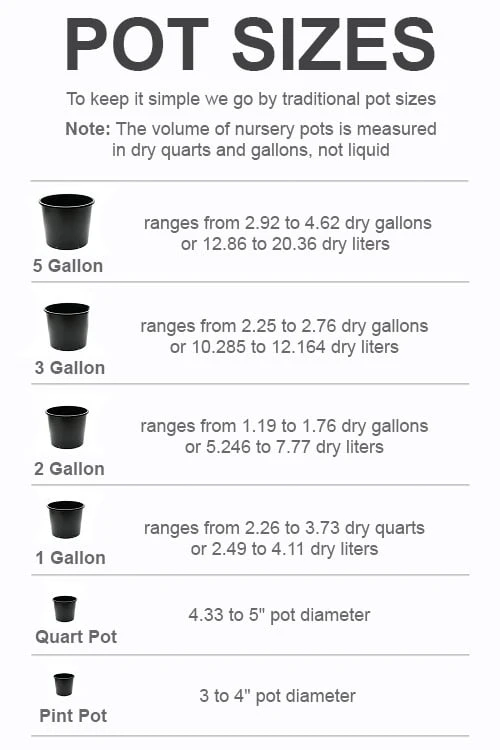

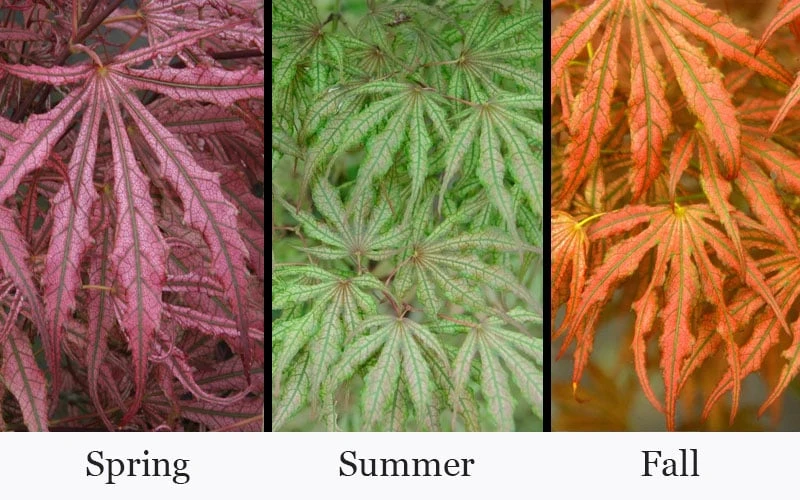
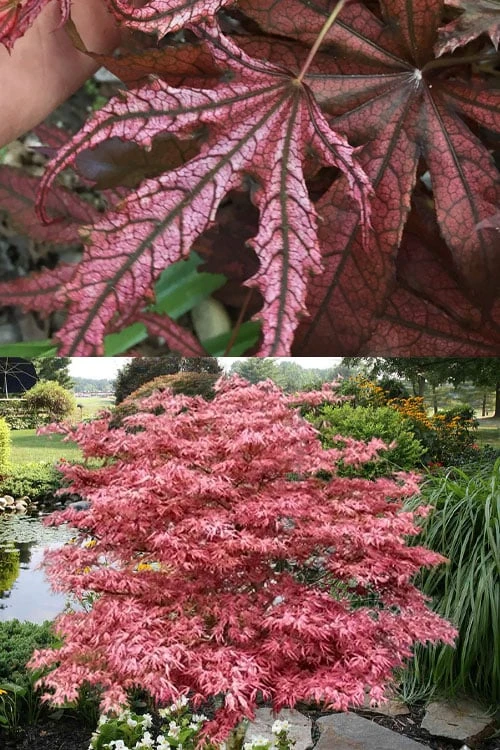

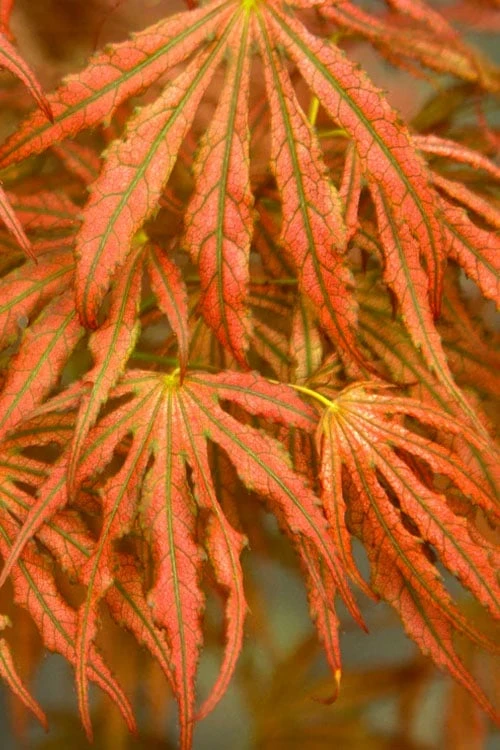

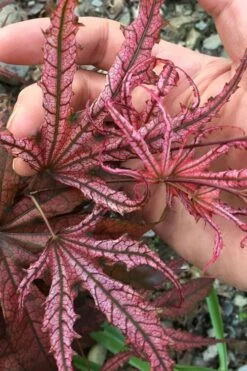
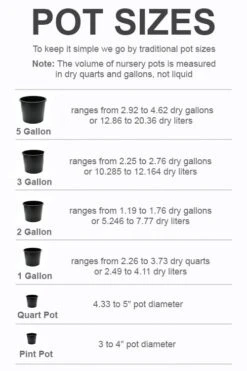


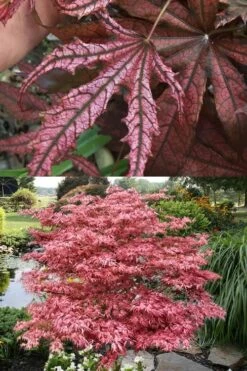




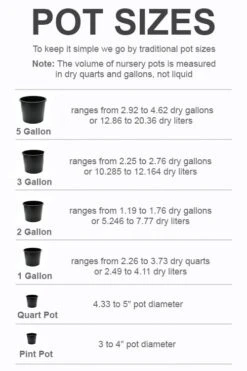


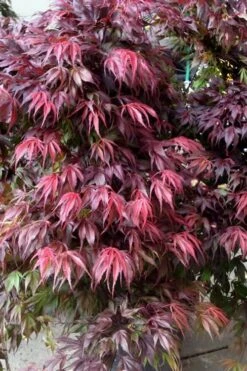
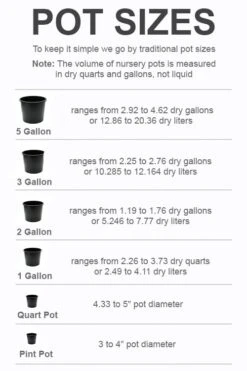

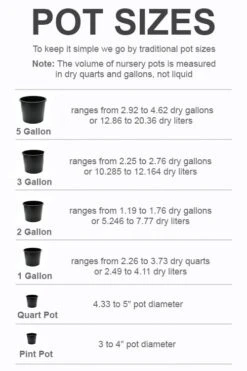
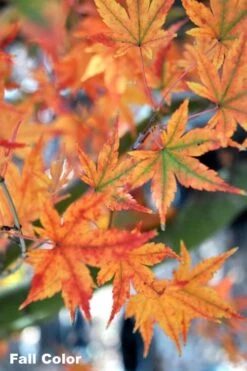
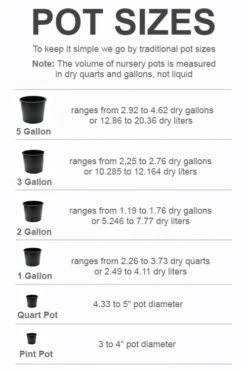




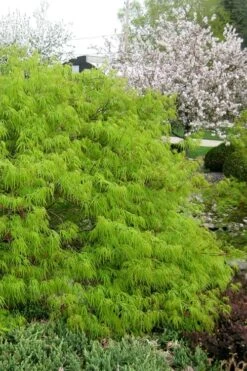
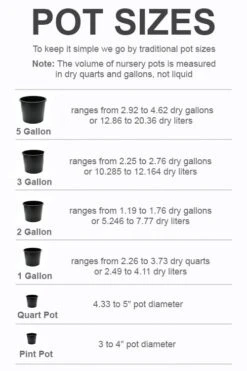
Reviews
There are no reviews yet.